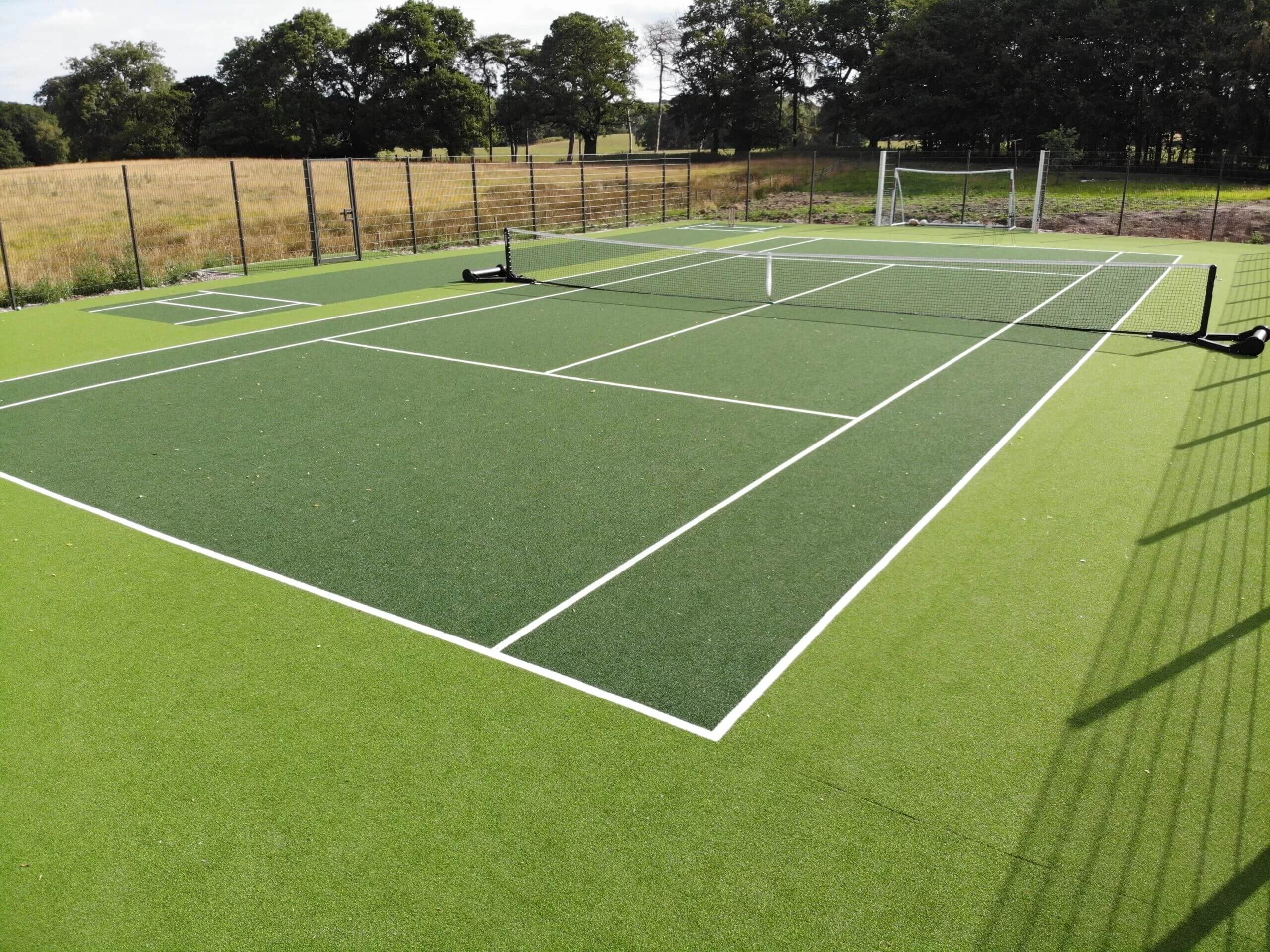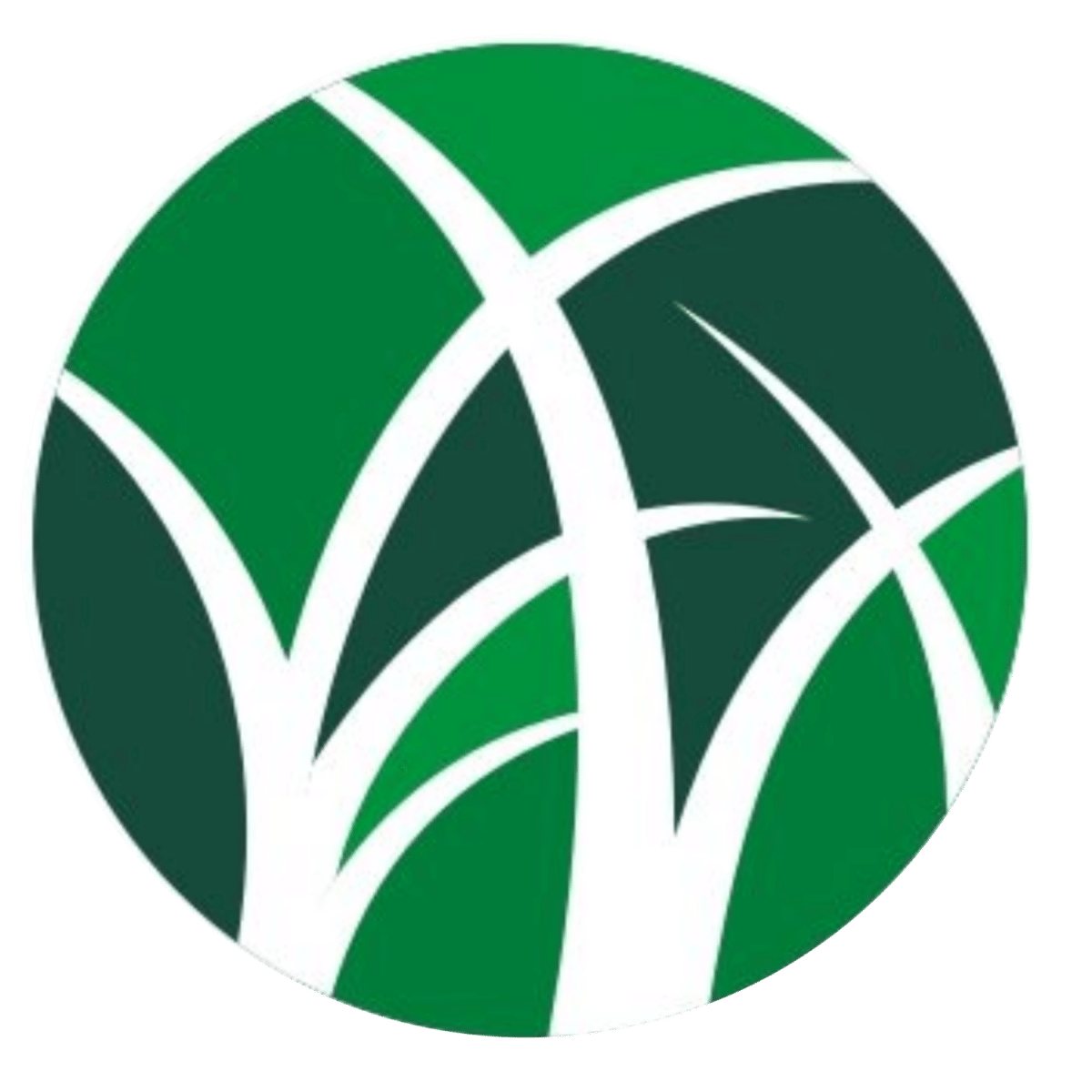Artificial Grass for Tennis Courts
Artificial Grass for Tennis Courts
Artificial grass, also known as synthetic turf, has become a popular choice for tennis court surfaces due to its many benefits. Here’s an overview of its features, advantages, disadvantages, and considerations for installation and maintenance.
Features of Artificial Grass for Tennis Courts
- Material Composition: Artificial grass for tennis courts is typically made from polyethylene, polypropylene, or nylon. These materials are chosen for their durability, resilience, and ability to mimic natural grass.
- Infill Materials: The turf is often filled with materials like sand or rubber granules to provide stability, cushioning, and enhance the performance characteristics.
- Pile Height and Density: The pile height (length of the grass blades) and density (amount of grass per unit area) can vary. For tennis courts, shorter pile heights are generally preferred to provide a firm and fast-playing surface.


Advantages
- Durability: Artificial grass can withstand heavy usage and varying weather conditions without significant wear and tear. This makes it an ideal choice for high-traffic areas like tennis courts.
- Low Maintenance: Unlike natural grass, synthetic turf does not require mowing, watering, or fertilizing. This results in lower long-term maintenance costs and efforts.
- Consistency: Artificial grass provides a consistent playing surface with predictable ball bounce and speed, enhancing the quality of play.
- All-Weather Playability: Synthetic turf drains quickly and can be used in various weather conditions, reducing downtime due to rain.
- Eco-Friendly Options: Some artificial grass products are made from recycled materials and are recyclable, making them an environmentally conscious choice.
Maintenance
- Regular Cleaning: Debris should be regularly removed from the surface to prevent damage and maintain appearance. This can be done using a leaf blower or a brush.
- Brushing: Periodic brushing helps to keep the grass blades upright and maintain the infill distribution.
- Infill Top-Ups: Over time, the infill material may compact or become displaced. Regular checks and top-ups ensure the surface remains consistent.
- Repairs: Any tears or damage to the turf should be repaired promptly to prevent further deterioration.




